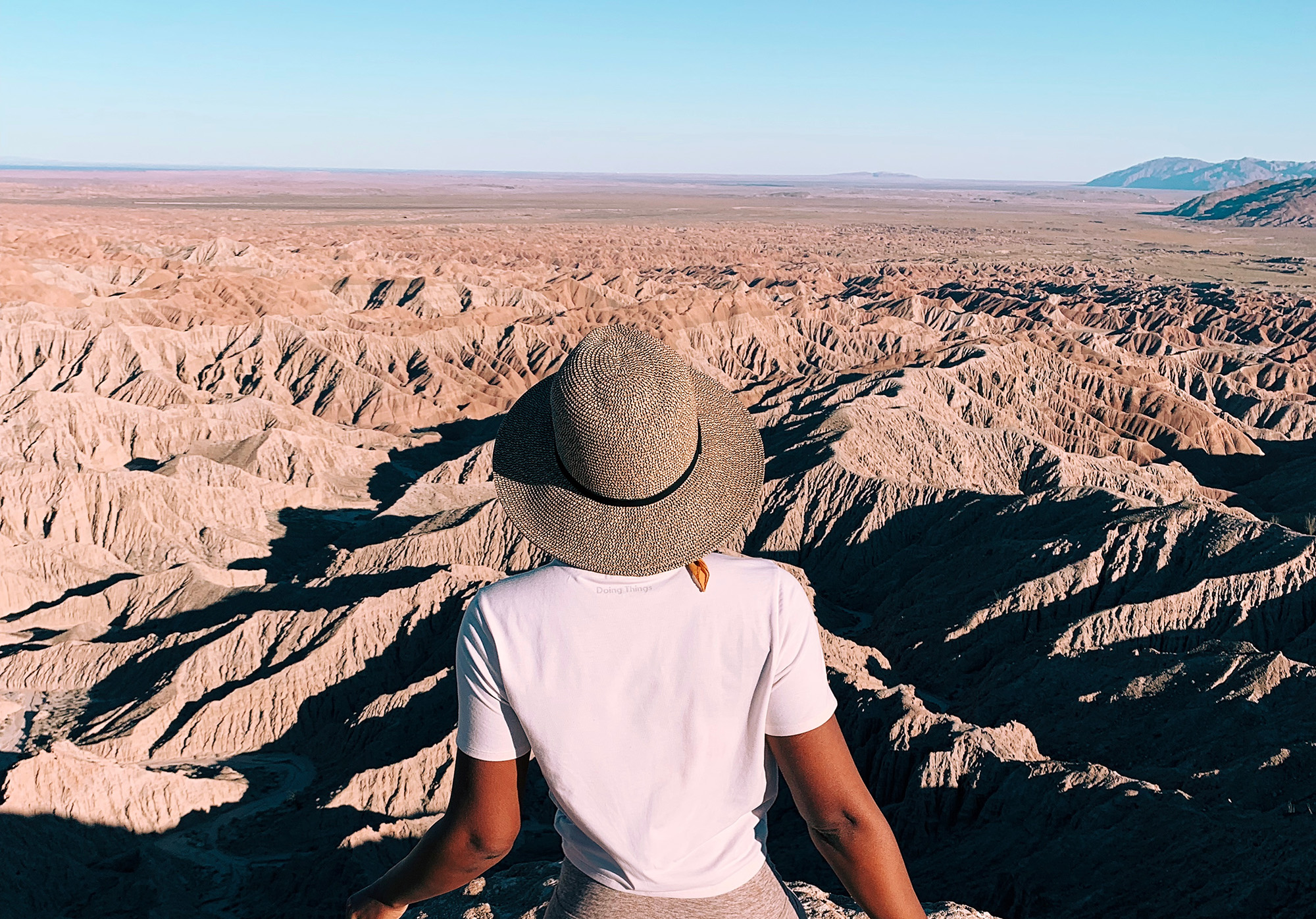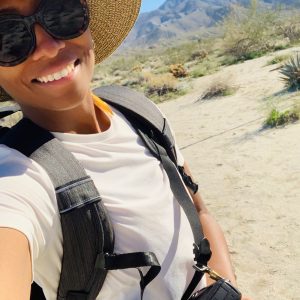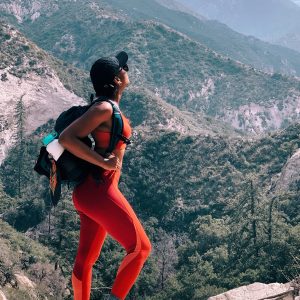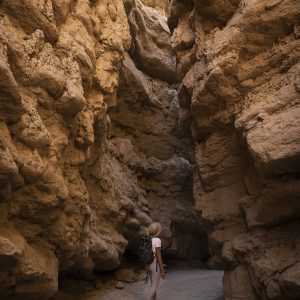“You know, black people don’t climb or hike.” Those words echoed over and over again in my head. I looked down at my purchases from a local outdoor retailer, debating if I should just return them all.
I had recently started indoor rock climbing with a bunch of friends and was ready to buy my first pair of climbing shoes and harness. I was super excited as I walked into an outdoor retailer in New Jersey, having had researched the exact gear I wanted online. The shop was sold out of my size, and as I was searching for alternatives, an employee — a middle-aged white male — approached me. We chatted about the gear and where I climb. Then, it happened: As he was turning away he said, “Don’t take this the wrong way, but it’s weird to see you here…you know, black people don’t climb or hike.” He smiled and walked away.
That was the moment that changed my thoughts about the outdoor space forever. My skin color wasn’t recognized here; I was an outsider in the outside space. Every time I swipe up on a screen, all I see are white, skinny, blonde models being portrayed as if the outdoors is theirs. The outdoors was supposed to make me feel free, but I felt eyes on me for being black. Did I even want to spend more time and money on something that was going to make me feel uncomfortable time and time again? Yes, I did. And, I wanted to make sure no one ever felt alienated outdoors again.
I started hiking in college, but was never truly serious about it until a few years ago. During my college years, I had to be careful to not injure myself as I was an NCAA track athlete. I was a Junior when I switched my major from Kinesiology to Journalism, primarily shooting and interviewing music groups (I was a scene kid, what can I say!). My first job post-graduation was at CBS Television in New York City, then I moved to Connecticut to become a sports producer for ESPN, followed by a stint back in NYC at ABC Television. It was at ABC when I rediscovered my love for photography and the great wonder of Mother Nature. I found ways to capture some of my best photo work by being outdoors, which led to me seek out hiking groups on Instagram I could meet up with.
Those groups and the activities they introduced to me eventually led to the present scene: Me in my car, frustrated about the experience I’d just had at an a major outdoor retailer. But I didn’t return my gear. Instead, I began telling my story.
Unlikely Hikers shared my experience, and I began to notice that a lot of other people had had experienced negative incidents related to their race, age, gender, and sexuality in the outdoor space. SELF magazine reached out and covered my story on their social media platforms. This snowballed from there: Backcountry wanted me to have my own event at Arcteryx Soho and go climbing with their team. Brands reached out and wanted to work with me and get me into their products. It all happened so fast that I didn’t have time to think. Did these brands get it, or were they looking to buy my blackness to tell a story to make it seem like they got it? I had to dig deeper and be more aware of which brands I was willing to work with.
I began to notice that the outdoor brands lacking diversity on their social media platforms and in their advertisements were partly to blame for this feeling of exclusion I’d been experiencing. All kinds of people are outside hiking, but the consumer only sees one type of person represented through marketing: white, blonde, thin. It was alarming and I wanted to change that, so I began reaching out to those brands to make them aware that they were marketing false information. What if they marketed a real outdoor person, not a model, and shared my story in order to sell products? I reached out to brands tirelessly and found some with missions I truly believed in. I wanted to help brands become more aware of their missteps — look, no one is perfect, but brands can grow and learn. What I can’t tolerate are brands that assume they are doing diversity and inclusion the right way when they aren’t. Attention brands: Grow up.
I was still working in television during all of this, but my heart was in the outdoor industry. I began searching for new opportunities out west and, one day last fall, it all fell into place: I landed a job at an outdoor company called Outdoor Products in Los Angeles, California. I didn’t know much about Outdoor Products (I did have a bag of theirs from my summer camp days in the ‘90s — the brand has been around since 1973), but the job description contained everything I needed to know. They wanted to make the outdoor space more diverse, I wanted to create change, and they would give me the means to do that.
My friend and I packed up my car and drove from New Jersey to California, stopping in St. Louis, Kansas City, Arches National Park, Monument Valley, Horseshoe Bend, Bryce Canyon, and Zion. That road trip changed my life and made me more determined than ever to encourage all people to see these amazing places.
My mission now is to not only get my beautiful melanin skin on the front pages of magazines and in advertisements, but to make all people feel safe and welcome while experiencing the outdoors. It’s our duty to show the industry that we do hike, climb, and explore. Share your photos, tell your stories, and continue to be seen. The outdoor space should be a no-judgment zone and I won’t let a few little stereotypes won’t keep me back from a feeling of wild equality. Neither should you.
Read more about inclusion and equity in the outdoor space in “Allyship 101.”
XX Gina Danza



